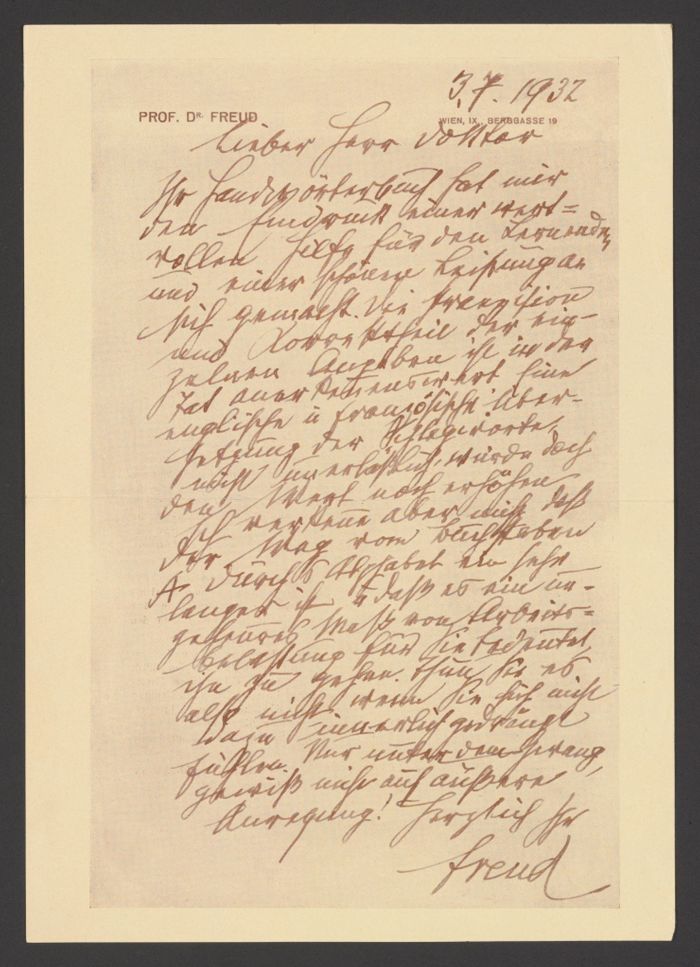Typical secondary sources may be primary sources depending on the research topic. Intellectual history topics. For example, although scholarly journal articles are usually considered secondary sources, if one's topic is the history of human rights, then journal articles on human rights will be primary sources in this instance. Using Primary Sources: History’s Building Blocks. History is not a passive subject. Historians actively search out and analyze primary sources in order to tell the stories of our past.



Primary Sources Of Law Include
A primary source is an original object or document -- the raw material or first-hand information, source material that is closest to what is being studied.
Primary sources vary by discipline and can include historical and legal documents, eye witness accounts, results of an experiment, statistical data, pieces of creative writing, and art objects. In the natural and social sciences, the results of an experiment or study are typically found in scholarly articles or papers delivered at conferences, so those articles and papers that present the original results are considered primary sources.
A secondary source is something written about a primary source. Secondary sources include comments on, interpretations of, or discussions about the original material. Secondary source materials can be articles in newspapers or popular magazines, book or movie reviews, or articles found in scholarly journals that evaluate or criticize someone else's original research.


Primary Sources For Kids
A tertiary source is a distillation and collection of primary and secondary sources.
Often secondary and primary sources are relative concepts. Typical secondary sources may be primary sources depending on the research topic.
Primary Sources Of Law
- Intellectual history topics.
For example, although scholarly journal articles are usually considered secondary sources, if one's topic is the history of human rights, then journal articles on human rights will be primary sources in this instance. Similarly, research on the thinking of a scholar will include her published journal articles as primary sources. - Historical topics.
Magazine articles are secondary sources, but for someone researching the view of judicial punishment in the 1920s, magazines from that time period are primary sources. Indeed, any older publication, such as those prior to the 20th century, is very often automatically considered a primary source. - Newspapers may be either primary or secondary.
Most articles in newspapers are secondary, but reporters may be considered as witnesses to an event. Any topic on the media coverage of an event or phenomenon would treat newspapers as a primary source. There are so many articles and types of articles in newspapers that newspapers can often be considered either primary or secondary.
